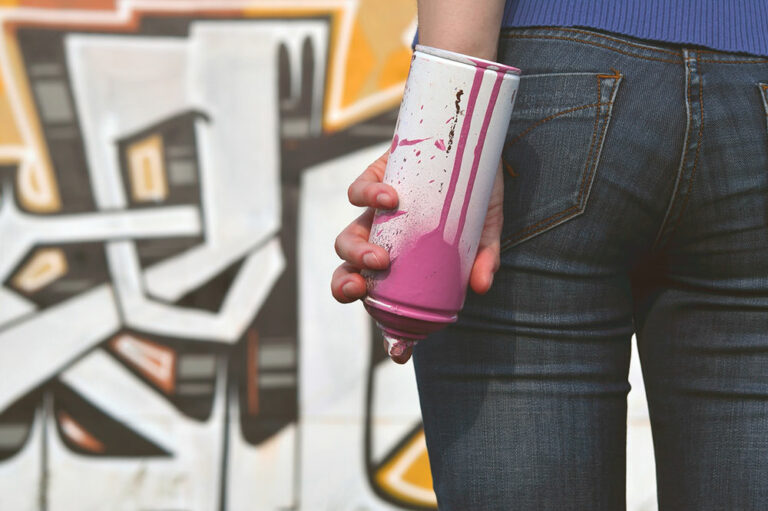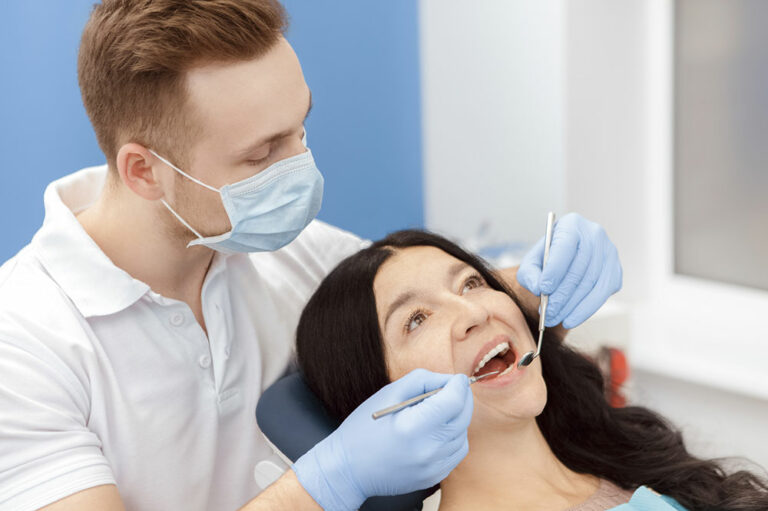
17 soap ingredients that could trigger eczema in kids
Eczema (atopic dermatitis) is a chronic skin condition characterized by patchy and scaly skin. Statistical data suggests that the condition affects around 9.6 million children nationwide. Managing eczema’s symptoms can be challenging, but one often overlooked aspect is the choice of soap. Certain soap ingredients can exacerbate eczema symptoms in children, causing increased discomfort. This article provides an insight into common soap ingredients that can aggravate eczema in children and suggests gentler alternatives: Understanding eczema in children Before delving into specific soap ingredients, it is essential to understand the nature of eczema in children. Eczema is characterized by dry, itchy skin, redness, and inflammation. It can vary in severity, with some children experiencing occasional flare-ups and others dealing with constant discomfort. The condition often begins in infancy and can persist into adulthood. Common soap ingredients to avoid Fragrances Fragrances are added to many soaps to enhance their appeal. However, these artificial scents can contain a mix of chemicals that irritate sensitive skin. For children with eczema, fragrance-free or hypoallergenic soaps are the safer choice. Sulfates Sulfates, such as sodium lauryl sulfate (SLS) and sodium laureth sulfate (SLES), are common surfactants in soaps and shampoos. Though they create a rich lather, sulfates can strip the skin of its natural oils and compromise the skin barrier.
Read More 











